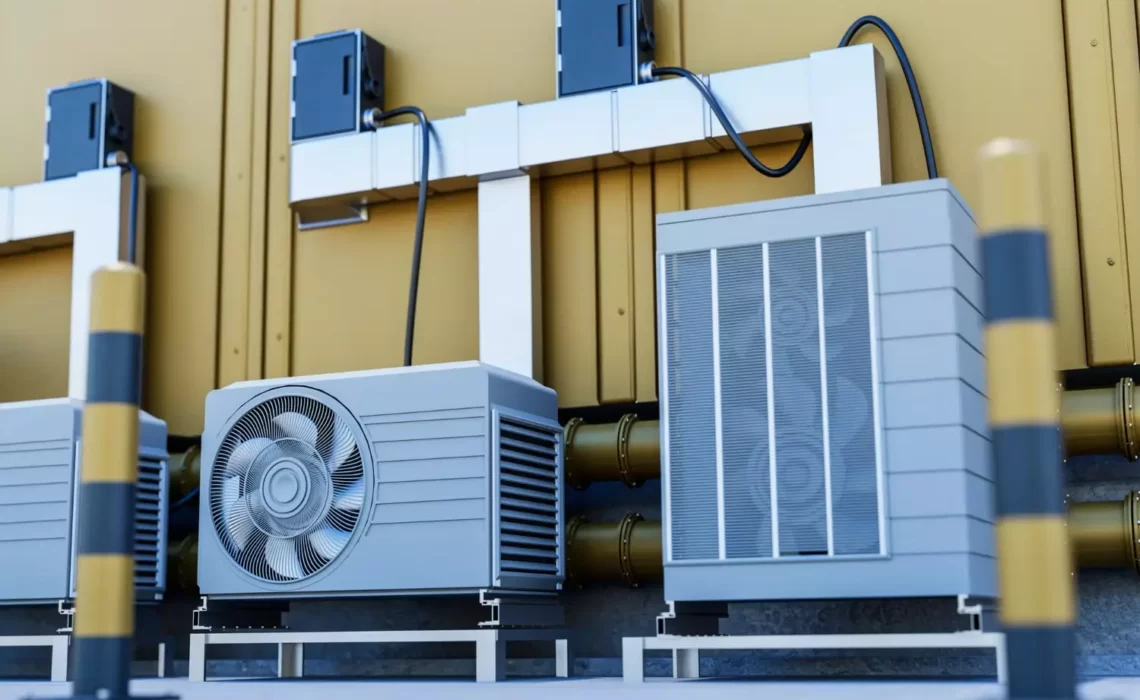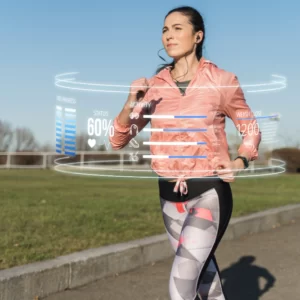The temperature and humidity in your house are under the control of your HVAC system. In addition to providing ventilation, it also filters out allergens including dust, pollen, and pet dander. Buildings are substantially more comfortable to live in thanks to HVAC systems.
In this manual, we’ll outline the fundamental ideas that underlie HVAC systems including air conditioners, heat pumps, and furnaces, and list significant system parts. Even while HVAC installation and maintenance is best left to experts, you’ll be better equipped to manage your system if you have a basic grasp of how it operates.
Table of Contents
HVAC: What Does It Mean?
Ventilation, air conditioning, and heating are together known as HVAC. All heating and cooling systems fall under this general phrase. HVAC systems also control humidity and enhance the quality of indoor air. Below, we define these words further:
Heating: Potential elements of home heating systems include radiators, space heaters, heat pumps, furnaces, and boilers.
Ventilation: To distribute purified air throughout a building, many HVAC systems are connected to a ducting system. Systems for ventilation also include vents and chimneys.
Air conditioning: A home may have a central air conditioner, but window and wall units, as well as ductless mini-split cooling systems, can help to maintain a comfortable inside temperature.
How Do HVAC System Function?
Here are a few typical HVAC system types and how they work.
An air conditioner
Refrigerant is used by an air conditioner to remove heat from your house. As it passes through the air handler (the interior part of an AC unit), the refrigerant is a liquid. It draws heat from the air in the air handler until the refrigerant transforms into a gas. The heat is then released into the outside air as it moves to an exterior device known as a condenser. The refrigerant is then transformed back into a liquid by the compressor so that it may move inside and continue the process there.
Indoor air conditioning
The health and force of every family member must be maintained by having access to clean air and enough air circulation. Everything revolves on the proper installation and planning of the ventilation system we offer upon request. To choose the specialized ventilation and air purifiers, our technicians conduct measurements and air samples.
Cleaning the air channels and ventilation paddles as well as changing the air filters on a regular basis are essential for the proper operation of the air conditioner. If you neglect to update filters, purifiers, or channels on schedule, rely on https://bhcair.com/hvac-castle-rock-co/ to maintain the quality of your indoor air.
Furnace heater
Fuel is burned in furnaces to produce heat. The most often used fuels are heating oil, liquid propane, and natural gas. Although some may run totally on electricity, almost all controllers need some electrical power to operate. The majority of furnaces are forced-air systems that distribute hot air through the air ducts of the house using a blower. A filter keeps the boiler functioning smoothly and purifies the air by capturing dust and other impurities.
Heat Pump
A heat pump and an air conditioner both use refrigerant to transport heat and maintain a comfortable indoor temperature. Heat pumps, as opposed to air conditioners, may warm a home in the winter by taking in heat from the outside air (or the earth if it’s a geothermal heat pump). They don’t need pilot lights or exhaust vents since they don’t consume fuel as a furnace does. A furnace and a heat pump can be used together in colder areas to produce heat on particularly chilly days.
HVAC system components
The most significant components of the system and their purposes are listed below.
Thermostat
The system’s thermostat lets you control your home’s temperature by telling your HVAC system when to start and stop on its own. The control system for almost all HVAC systems is a thermostat, which can be analog or digital. You can control the temperature of your house using a smart thermostat from anywhere in the world.
Air exchanger
By enabling fresh air to enter your home’s HVAC system, this component enhances ventilation. It removes the humidity to aid in preventing the formation of mold and mildew inside the ducting. Additionally, it releases stale air outside.
Refrigerant
To move heat indoors or outside, heat pumps and air conditioners uses this material. In order to transmit heat, an HVAC system’s machinery employs a heat exchanger to shift refrigerant from a liquid to a gas and back again.
Evaporator coils
To remove moisture and heat from the air, refrigerant runs through the indoor evaporator coils of an air conditioner when it is in liquid form. The refrigerant turns into a gas when it heats up.
Condenser
The gaseous refrigerant then makes its way to the outside condenser of the air conditioner. The compressor pressurizes the refrigerant within the condenser, turning it back into a liquid. Then it may go back inside and gather additional heat.
Blower
To move air through ducts or the inside of your house, forced-air furnaces and air conditioners both need a fan and blower motor.
Conclusion
An HVAC system is often installed in residential and commercial buildings to maintain the ideal temperature, airflow, and mechanical ventilation. Common components of HVAC systems include air conditioners, heat pumps, furnaces, boilers, and ventilation, all of which need to be installed, maintained, and cleaned by qualified HVAC specialists.
Want to learn more about your HVAC system? Check out our other guides for helpful information on 5elifestyle



